Retro gadgets we thought were high-tech at the time
Ah, the good old days, when the sound of a dial-up modem was music to our ears, and the Walkman was the pinnacle of portable music. Technology has come a long way since then, but there’s something undeniably charming about the gadgets of yesteryear.
These once cutting-edge devices might seem like relics today, but they paved the way for the modern technology we can’t live without. Let’s take a trip down memory lane and revisit these iconic innovations.
The Walkman: Revolutionizing Personal Music Experience

Introduced by Sony in 1979, the Walkman was the first truly portable music player, allowing users to take their tunes anywhere. This revolutionary gadget came with lightweight headphones and a compact cassette player, making music listening a personal experience.
Before the Walkman, music was a shared activity, often enjoyed through large speakers or at concerts. Its success was evident, with over 400 million units sold worldwide, cementing its place in tech history.
The Magic of the Polaroid Instant Camera
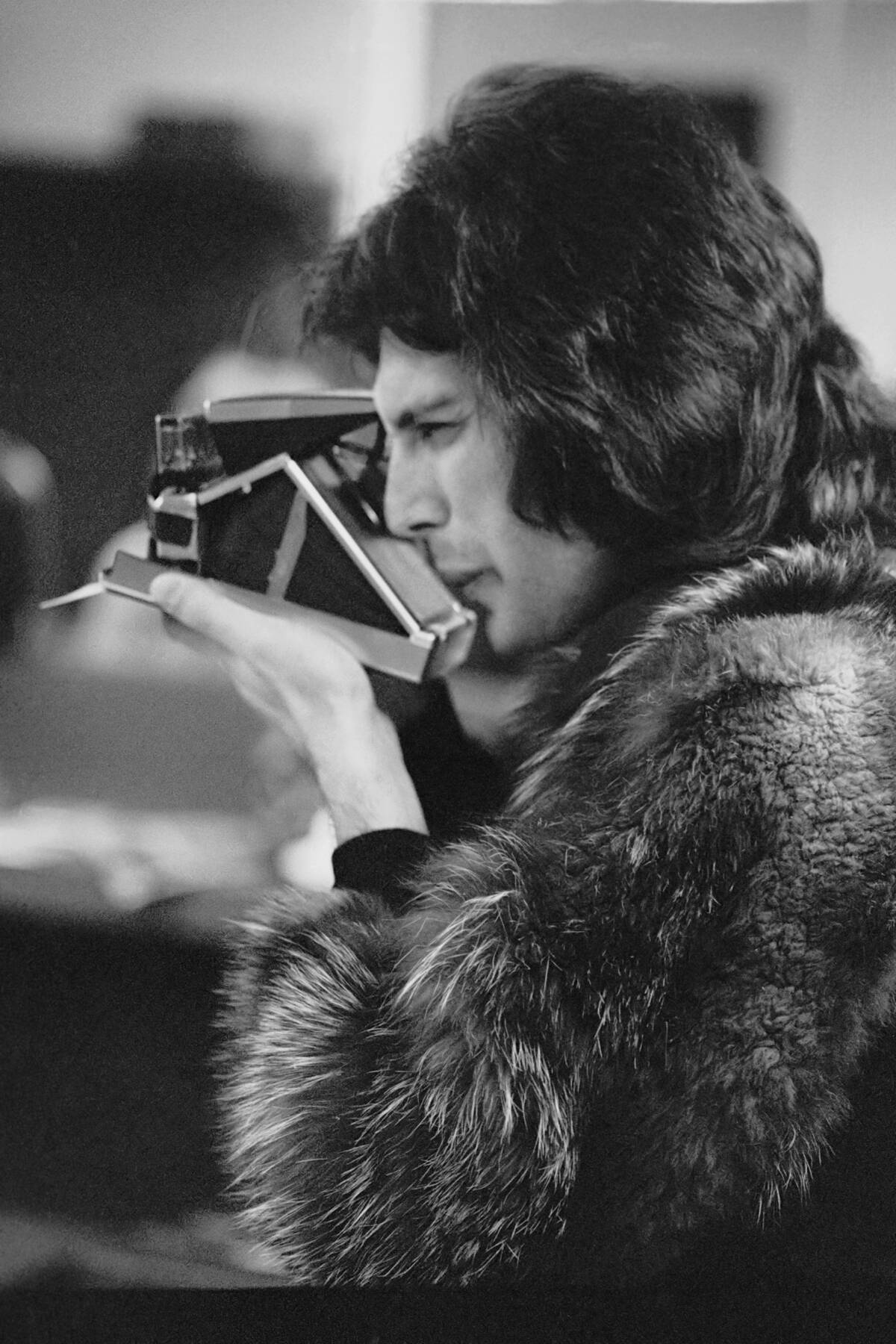
The Polaroid instant camera was a game-changer when it hit the market in the late 1940s. It allowed people to take a photo and watch it develop right before their eyes in a matter of minutes.
This was a far cry from the days of waiting weeks for film to be processed. The Polaroid camera’s popularity soared in the 1970s, becoming a cultural icon and making it a staple at parties and family gatherings.
VHS and VCRs: The Dawn of Home Entertainment
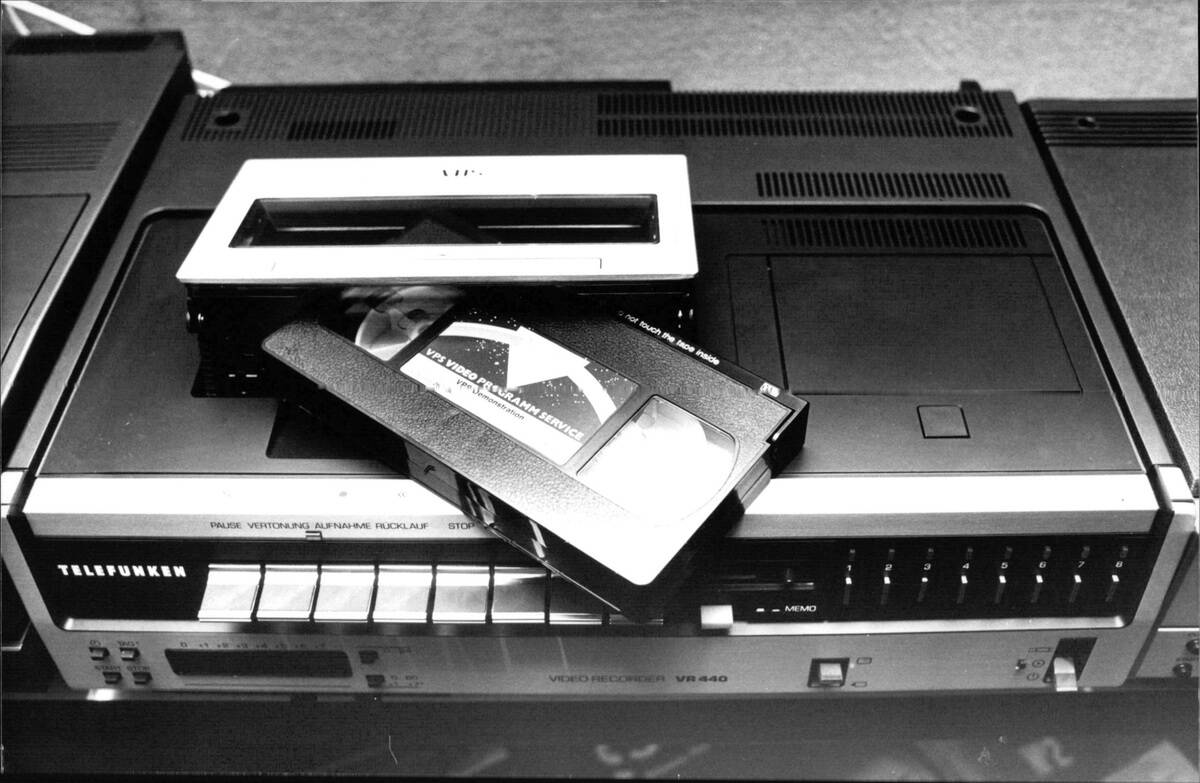
VHS tapes and VCRs revolutionized home entertainment in the late 1970s and 1980s. For the first time, families could rent or purchase movies and watch them from the comfort of their living rooms.
This technology also made it possible to record television shows for later viewing, a concept that was unheard of before. The battle between VHS and Betamax tapes was fierce, but VHS ultimately won, becoming a staple in homes worldwide until DVDs took over.
Cassette Tapes: The Soundtrack of a Generation
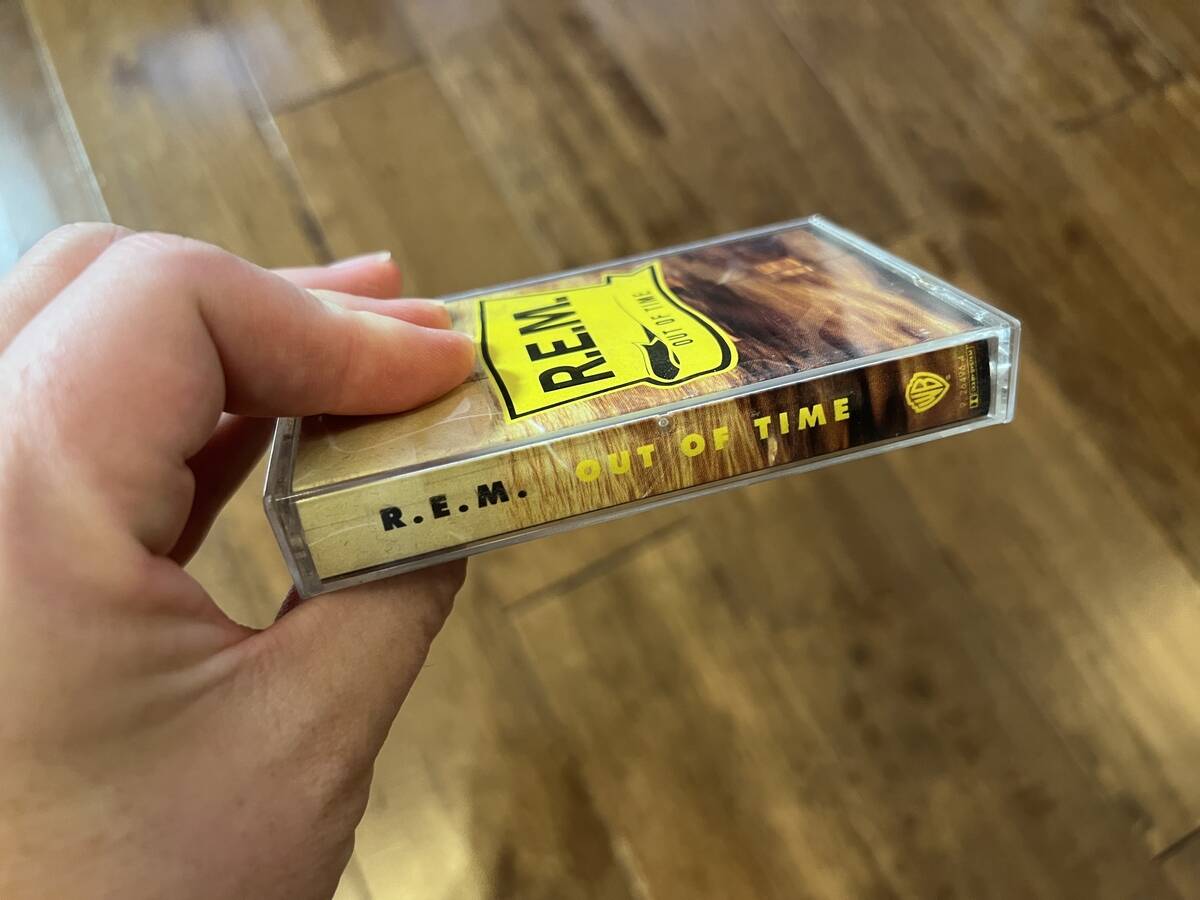
Long before digital playlists, cassette tapes let music lovers curate their soundtracks with ease. Introduced in the early 1960s, these small, portable tapes became the standard for music distribution by the 1980s.
They were perfect for creating mixtapes, a personal and heartfelt way to share music with friends. While CDs and digital music have since taken over, the nostalgia associated with cassette tapes remains strong, with some artists even releasing new music on this retro medium.
The Rise of the Floppy Disk: Data Storage of the Future
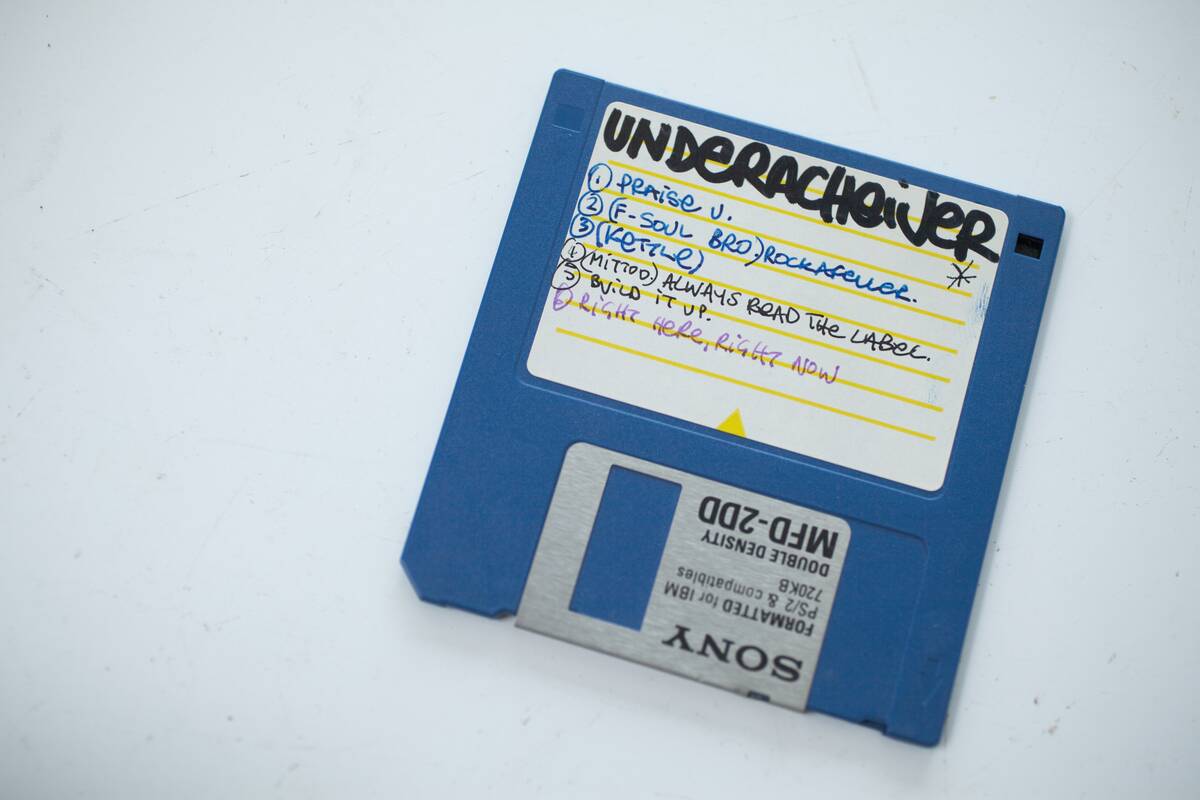
Floppy disks were once the go-to storage solution for computer users in the 1980s and 1990s. These portable disks allowed users to save and transfer data with ease, a significant advancement from the bulky magnetic tapes of the past.
The 3.5-inch floppy disk could store up to 1.44 MB of data, which seemed enormous at the time. Though they have long been replaced by USB drives and cloud storage, floppy disks hold a special place in tech history.
The Iconic Nokia 3310: Indestructible and Irreplaceable

The Nokia 3310, released in 2000, quickly became a cultural icon thanks to its durability and long-lasting battery life. Known for being virtually indestructible, this phone could survive drops and accidents that would spell doom for today’s smartphones.
It also featured the beloved game Snake, which kept users entertained for hours. The Nokia 3310 was more than just a phone; it was a reliable companion that still holds a nostalgic place in the hearts of many.
The PDA: Organizing Life Before Smartphones
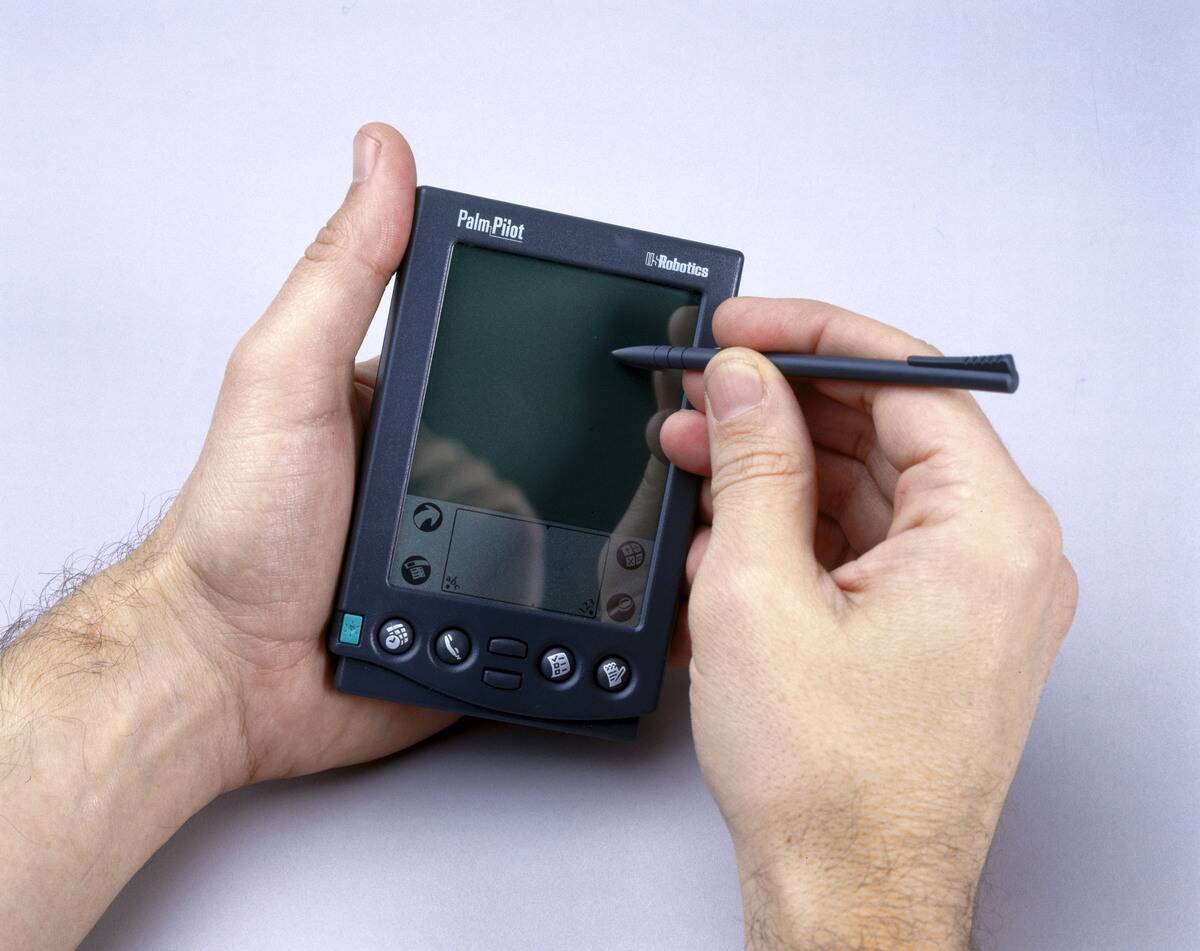
Personal Digital Assistants (PDAs) were revolutionary for organizing daily life in the 1990s and early 2000s. These handheld devices combined an electronic calendar, address book, and note-taking functionality into one, making it easier to manage tasks on the go.
PDAs like the Palm Pilot became essential tools for professionals and students alike. Though today’s smartphones have far outpaced PDAs in functionality, these early devices paved the way for the smart gadgets we rely on now.
Game Boy: Portable Gaming Takes the World by Storm
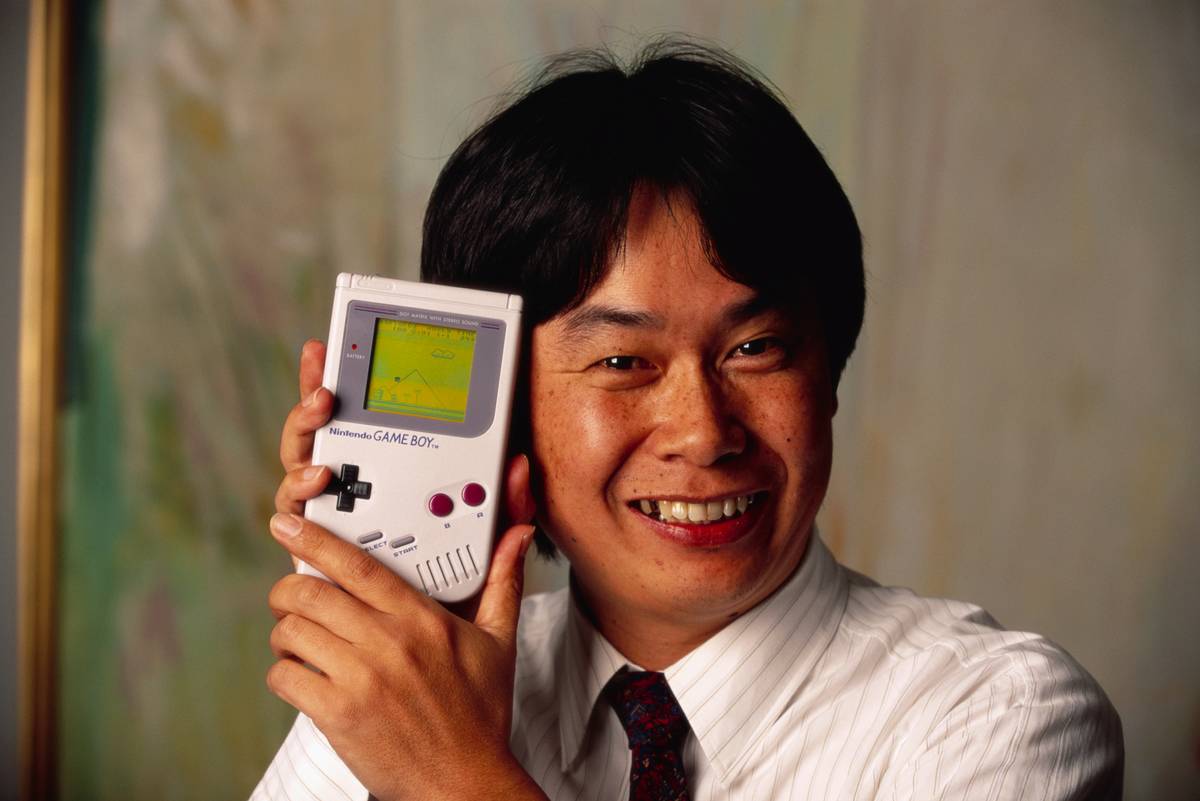
When Nintendo’s Game Boy launched in 1989, it changed the landscape of gaming forever. This portable console allowed gamers to take their favorite titles on the road, offering hours of entertainment with iconic games like Tetris and Pokémon.
Its monochrome screen and simple controls made it accessible to players of all ages. Despite the technological advancements in gaming, the Game Boy remains a beloved artifact, with a legacy that endures among nostalgic gamers.
The Charm of the Rotary Phone

The rotary phone, with its distinctive dial and satisfying clicks, was a staple in homes from the 1920s through the 1980s. This mechanical marvel required users to spin a numbered dial for each digit of a phone number, a far cry from today’s touchscreens.
While dialing took patience, the rotary phone was built to last, often becoming a fixture in living rooms for decades. Its vintage charm continues to captivate retro enthusiasts and collectors alike.
Pager Alerts: The Original Text Message
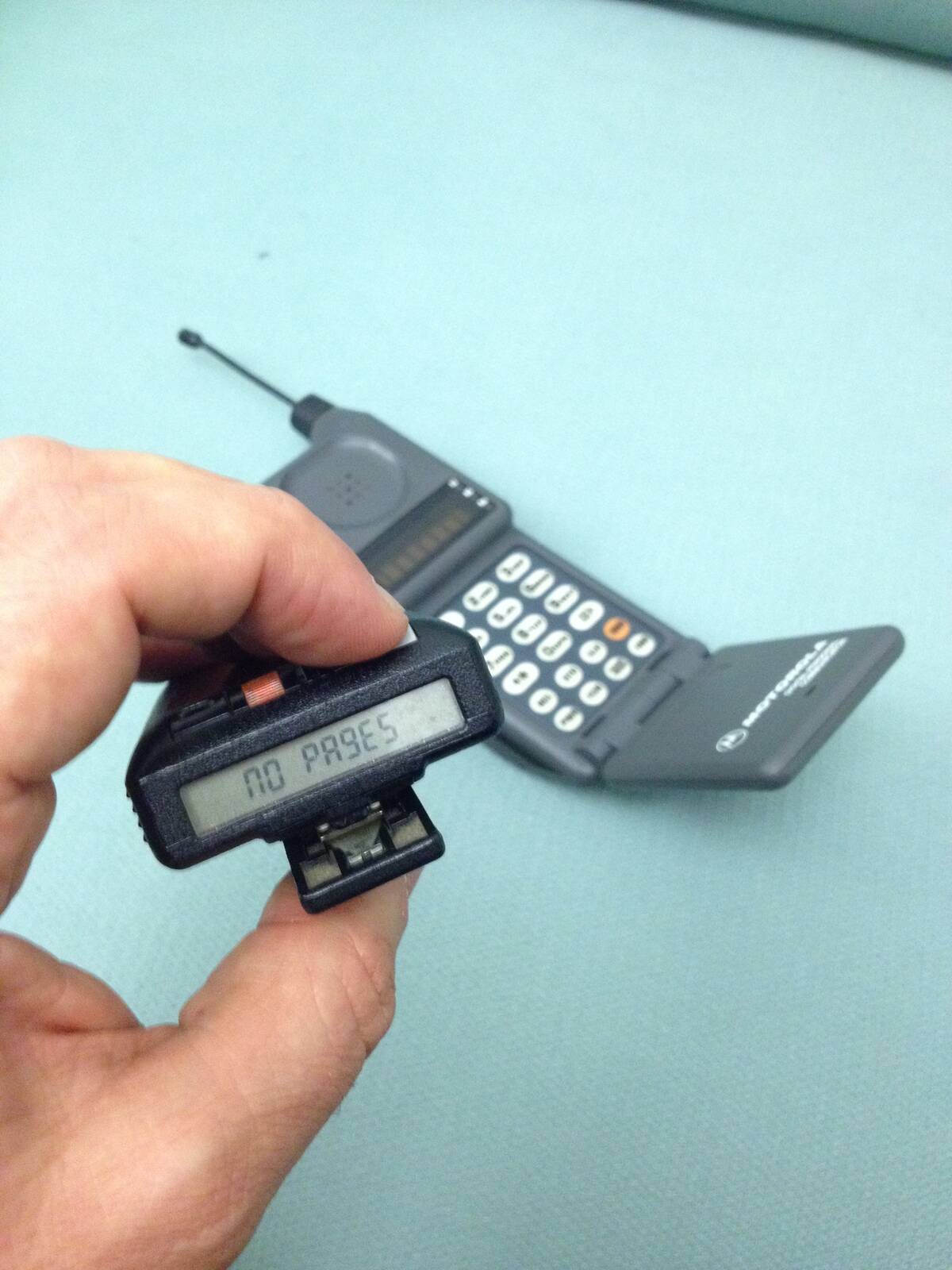
Before the age of smartphones and instant messaging, pagers were the go-to device for sending short messages. These small, portable devices were particularly popular in the 1980s and 1990s, especially among professionals who needed to stay connected.
Pagers could receive numeric or alphanumeric messages, alerting users with a beep or vibration. While they may seem antiquated now, pagers laid the groundwork for the instant communication we take for granted today.
The Boom Box: Portable Music at Its Finest
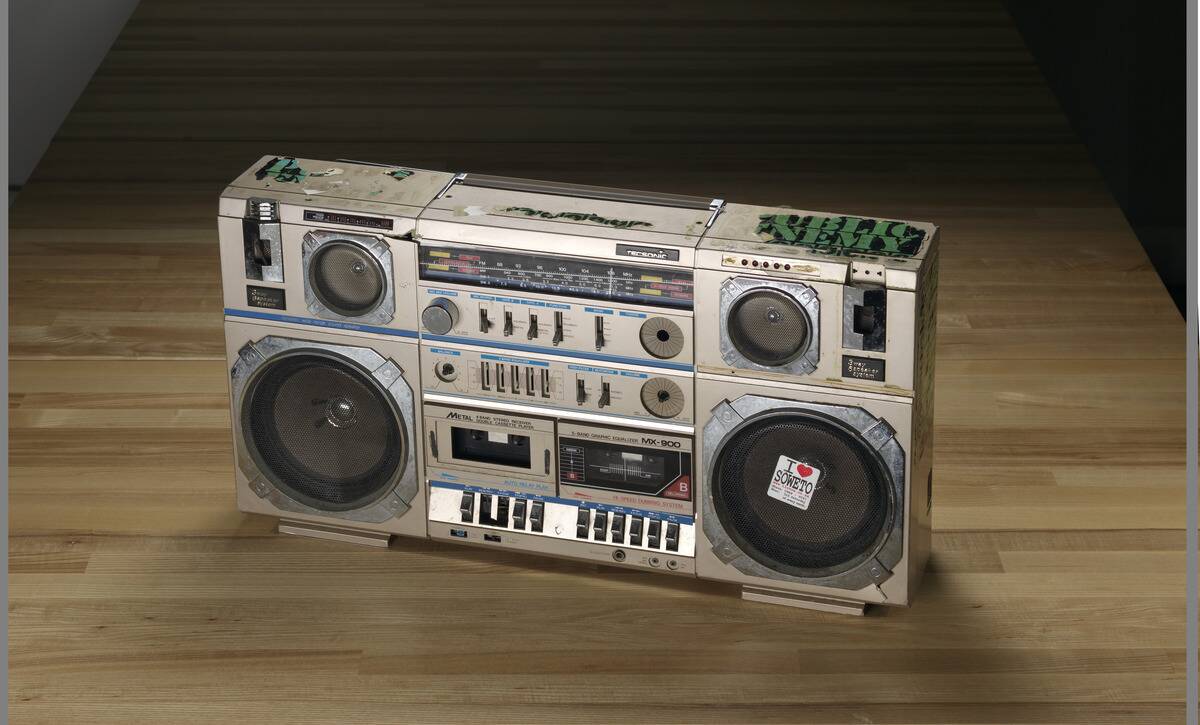
Boom boxes were the ultimate symbol of portable music in the 1980s. These large, battery-powered devices combined radio and cassette playback, allowing music lovers to blast their favorite tunes wherever they went.
Often seen carried on shoulders, boom boxes became synonymous with hip-hop culture and street parties. Despite their bulky size, they offered impressive sound quality and a sense of freedom that made them an essential part of the music scene.
LaserDisc Players: The Predecessor to DVDs
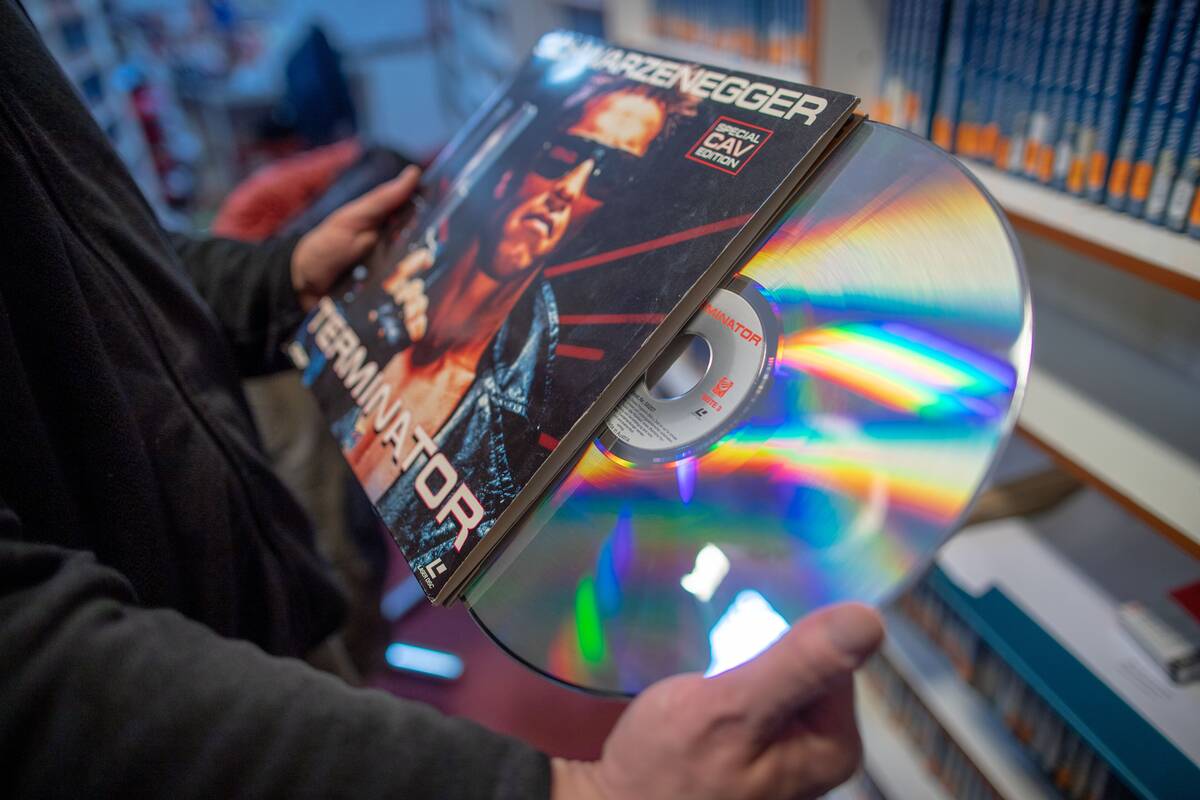
LaserDisc players were the pioneers of optical disc technology, hitting the market in the late 1970s. While they offered superior video and audio quality compared to VHS, their large size and high cost limited widespread adoption.
LaserDiscs were particularly popular among film enthusiasts and collectors who appreciated their high-quality visuals. Although eventually overshadowed by DVDs, LaserDiscs played a crucial role in the evolution of home video technology.
The Classic Atari 2600: Pioneering Home Video Consoles

The Atari 2600, released in 1977, is credited with popularizing home video game consoles. With its simple joystick and iconic games like Space Invaders and Pac-Man, it captured the imaginations of gamers worldwide.
The console’s cartridge-based system allowed for a diverse library of games, setting a standard for future gaming systems. Despite today’s advanced graphics and gameplay, the Atari 2600’s legacy lives on as a beloved piece of gaming history.
The First Digital Watches: A Fashionable Tech Statement
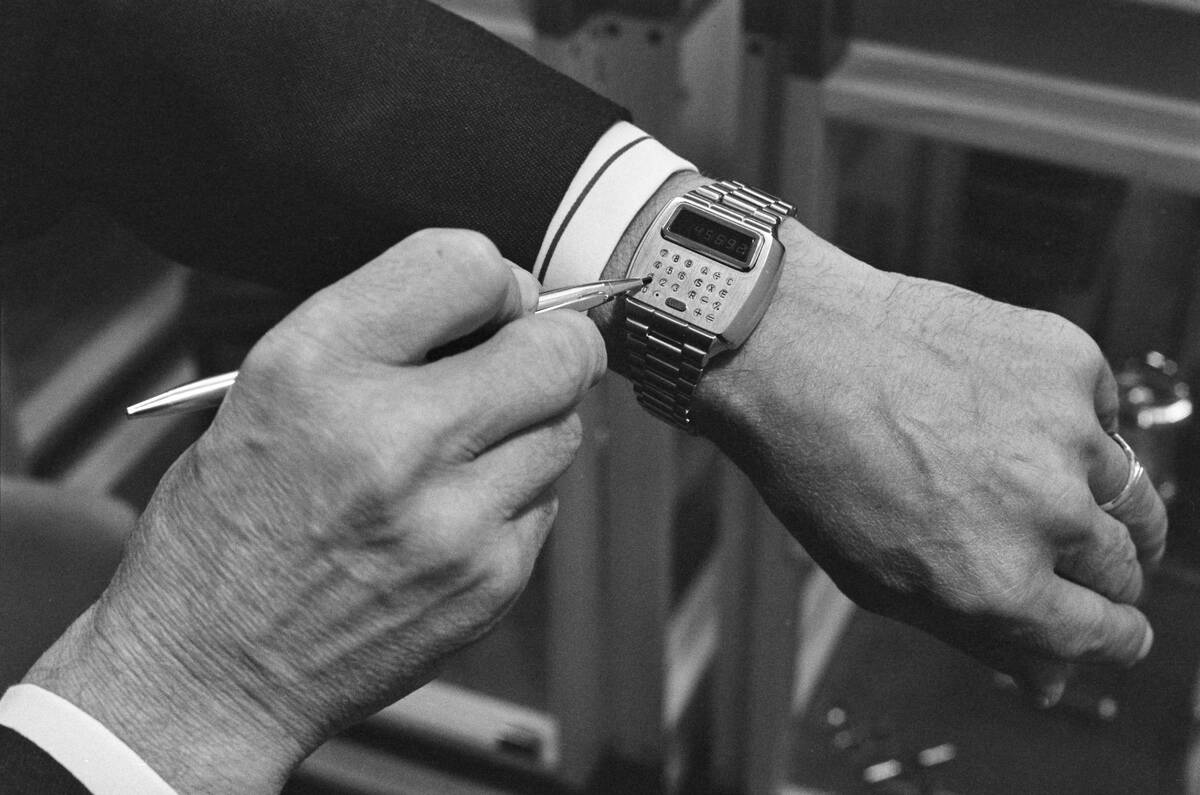
Digital watches first gained popularity in the 1970s, offering a sleek and modern alternative to traditional analog watches. Brands like Casio and Timex led the charge with watches that featured LED or LCD displays, displaying the time in a digital format.
These watches were not only functional but also became a fashionable statement, often featuring futuristic designs. While smartwatches have since taken over, the allure of the classic digital watch endures.
Dial-Up Internet: The Soundtrack of Early Web Browsing
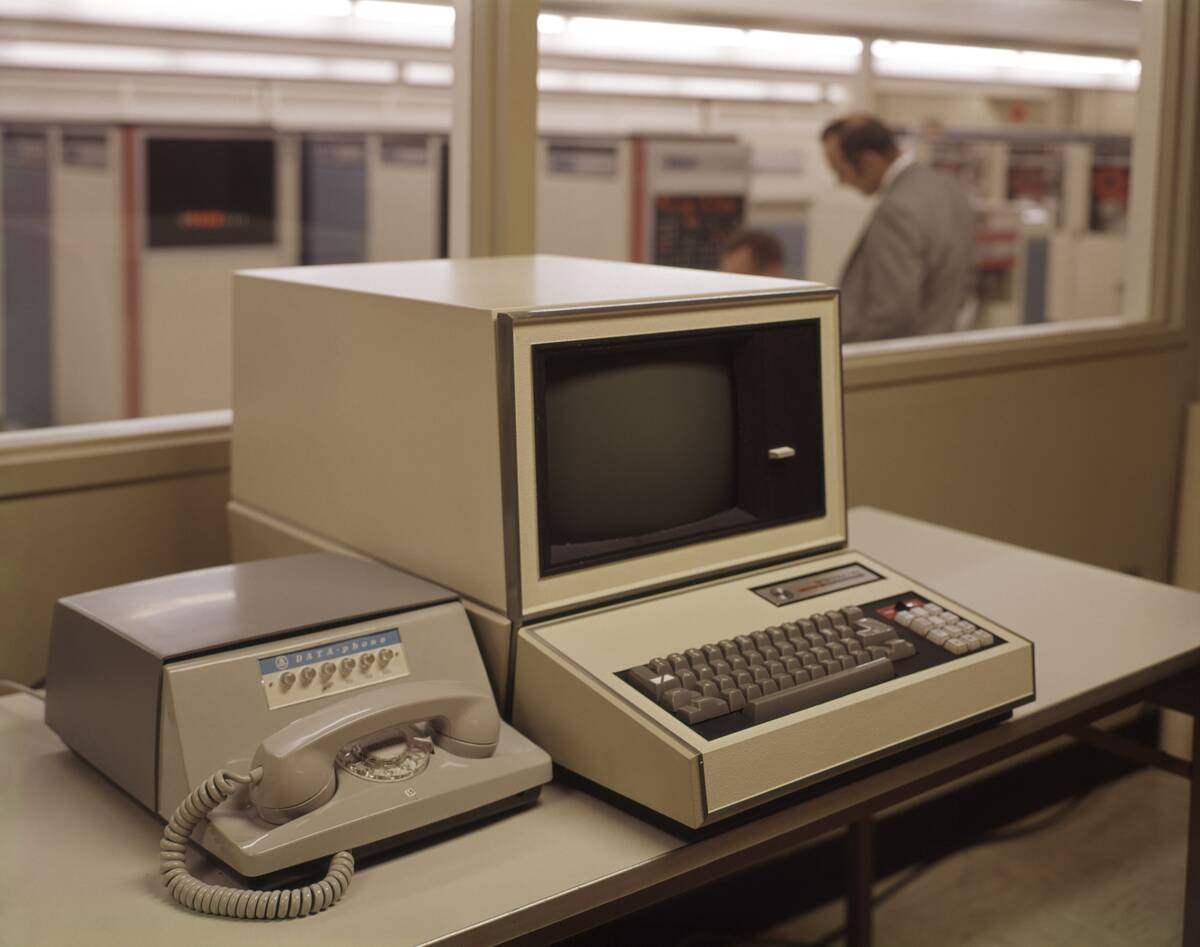
Ah, the unmistakable sound of dial-up internet—a symphony of beeps and static that signaled a connection to the World Wide Web. In the 1990s, this was the norm for accessing the internet, with speeds that would make today’s users cringe.
Despite its sluggishness, dial-up was revolutionary, opening up new worlds of information and connectivity. It was a time when “surfing the net” was a novel experience, and patience was truly a virtue.
The Compact Disc: Ushering in a New Era of Digital Music
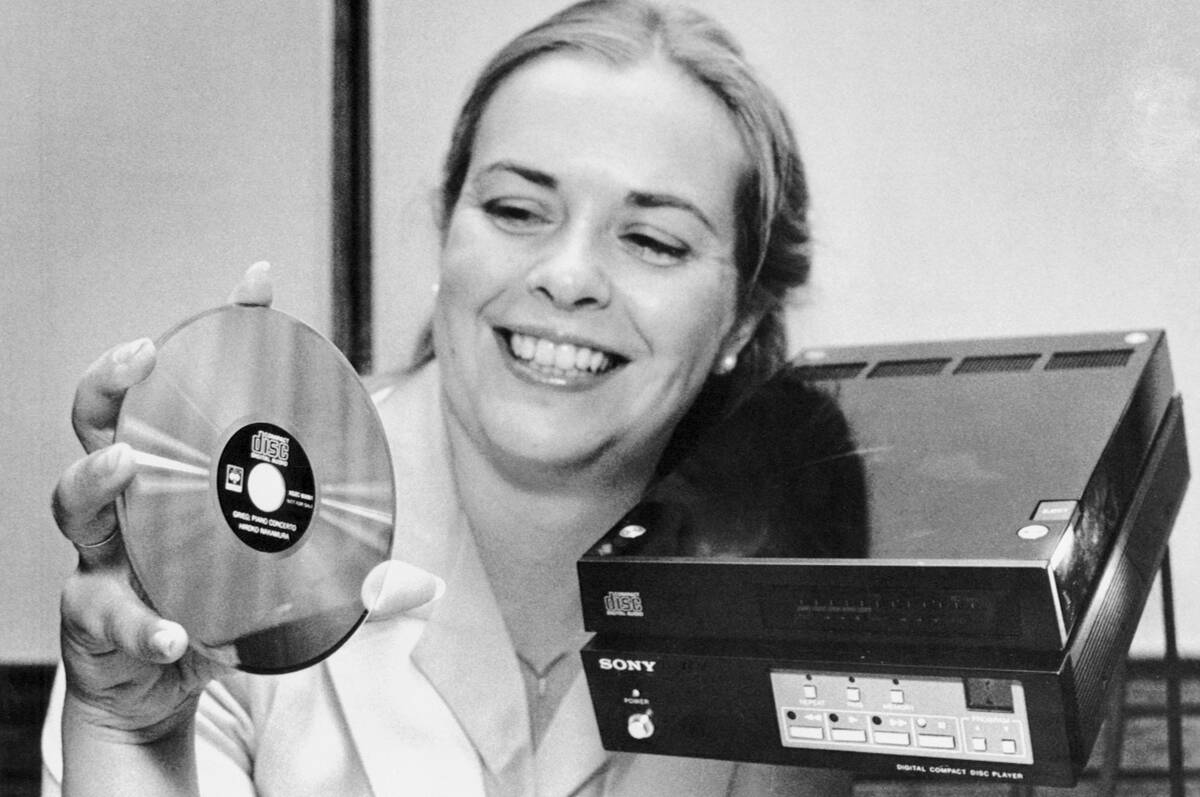
When compact discs (CDs) arrived in the early 1980s, they revolutionized the music industry with their superior sound quality and durability. Unlike vinyl records and cassette tapes, CDs offered a digital format that was less prone to wear and tear.
They quickly became the preferred medium for music lovers, leading to the decline of analog formats. Though digital streaming has since taken over, the impact of CDs on the music industry is undeniable.
The Palm Pilot: A Glimpse into the Future of Handheld Devices
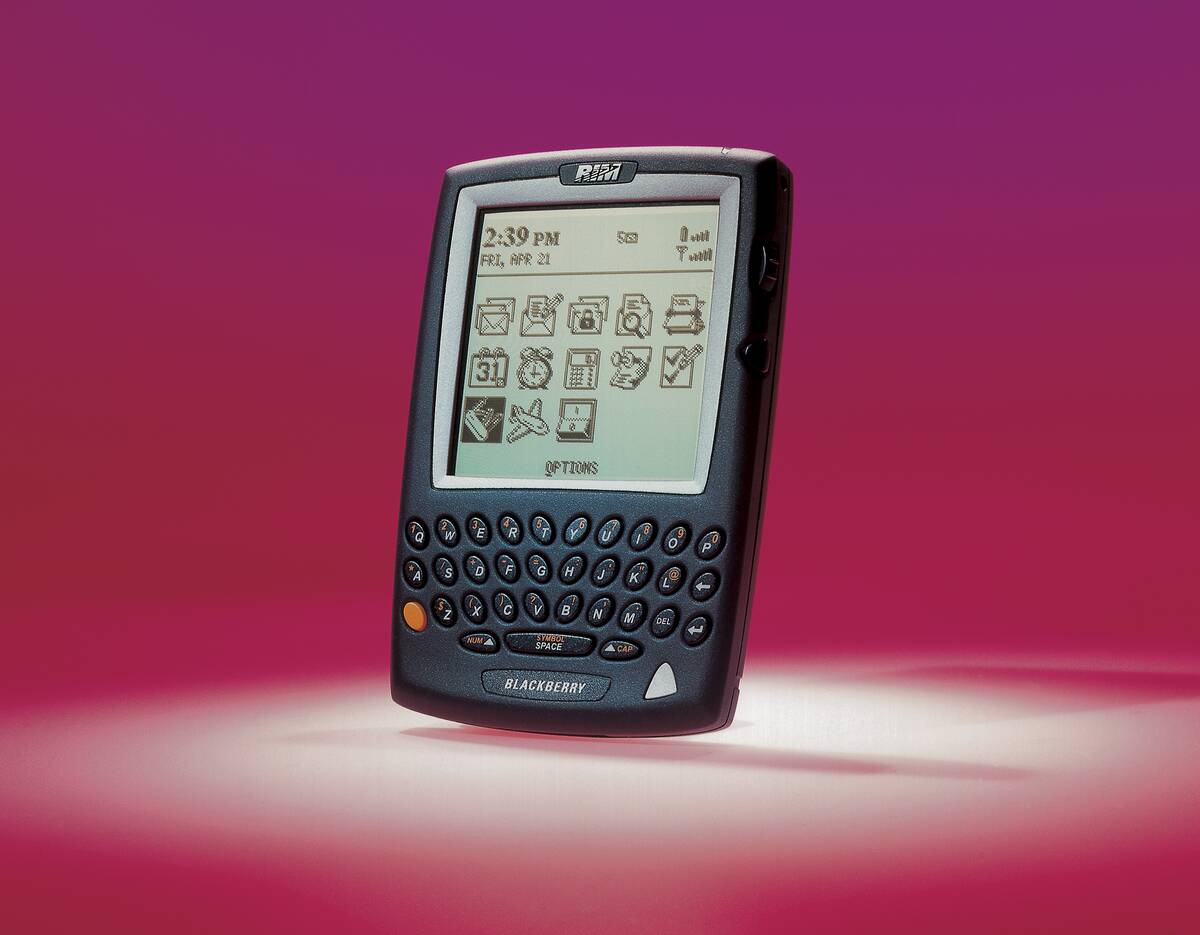
The Palm Pilot, introduced in 1996, was a trailblazer in the world of personal digital assistants. This pocket-sized device allowed users to manage their schedules, contacts, and tasks with the touch of a stylus.
It even featured basic apps and games, making it a precursor to the modern smartphone. While technology has advanced significantly since then, the Palm Pilot’s influence is evident in the handheld devices we rely on today.
The Fax Machine: Bridging Communication Gaps in the Office
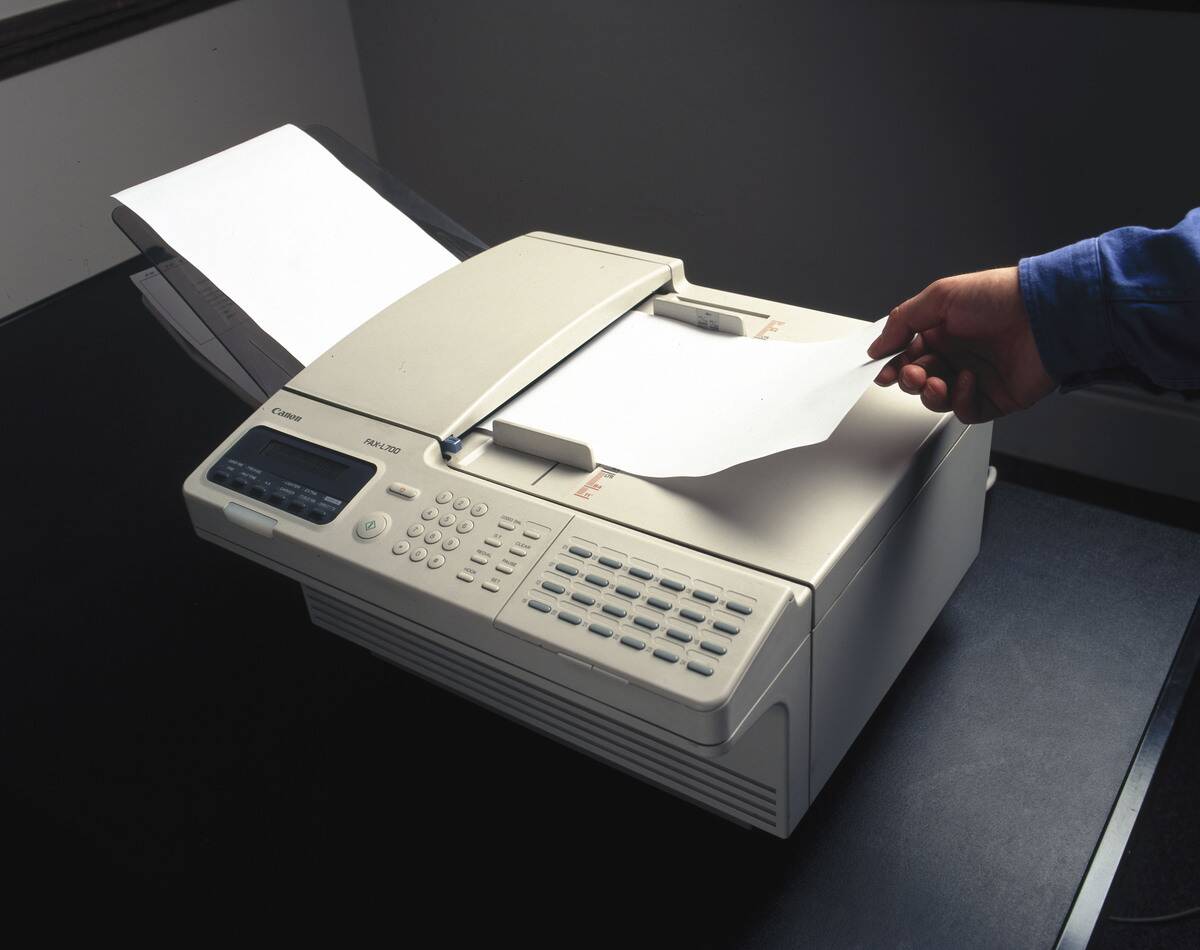
The fax machine was once a staple of office communication, allowing for the rapid transmission of documents over phone lines. First developed in the 1960s, it became widely used by the 1980s, revolutionizing how businesses exchanged information.
Though email and digital communication have largely replaced faxing, this technology was crucial in bridging gaps and speeding up workflows in offices around the world. The fax machine’s legacy lives on, even as it becomes a relic of the past.



